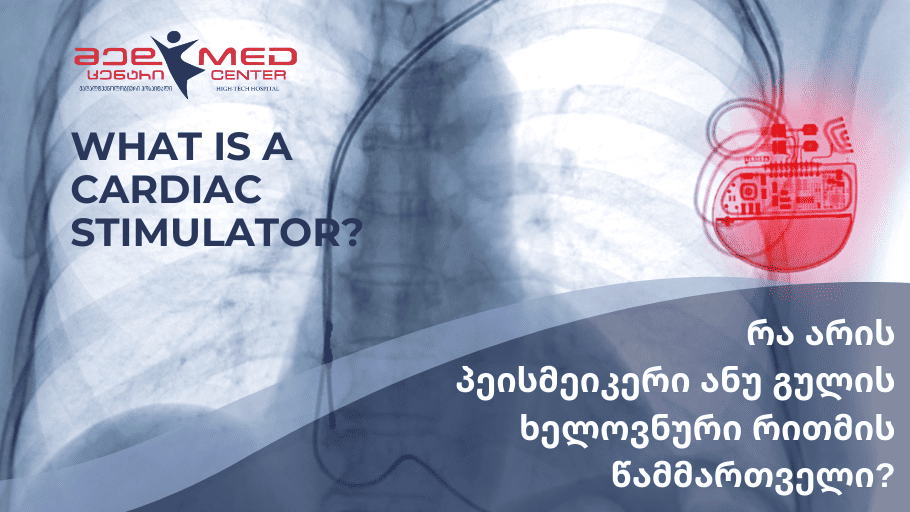What is a cardiac stimulator?

A pacemaker is a small device used to treat certain arrhythmias. During arrhythmia, the heart rate can be fast, slow, and/or irregular. The pacemaker sends electrical impulses to help the heart adjust the heart rate (bradycardia) and rhythm (regularity). A pacemaker can also be used to synchronize the heart chambers, allowing the heart to more efficiently pump blood throughout the body. This may be necessary if you have heart failure. You may need a temporary (short-term) or permanent (long-term) pacemaker. A temporary pacemaker (card.stim) is usually inserted into a vein in the neck and remains outside the body. A permanent pacemaker (card.stim) is implanted in the chest cavity or abdominal cavity. The generator of the pacemaker is implanted in the left atrium (in most cases), and the electrode is implanted through a vein into the right ventricle and/or atrial chamber of the heart. There are single-chamber and dual-chamber pacemakers.
Implantation of a pacemaker does not require general anesthesia. The procedure lasts from a few minutes to 1-2 hours. The hospitalization period typically includes 48 hours. Many people with a pacemaker can return to their normal activities within a few days after the operation.
Signs that you may need a pacemaker: unexplained fainting (syncope), pre-syncope (feeling of increased heart rate), slowing heart rate, dizziness or pre-fainting condition, severe fatigue, shortness of breath, difficulty breathing, anxiety, chest pain, dizziness, increased heart rate, or palpitations. Feeling, muscle weakness in the arms and legs, confusion, palpitations, etc.
Doctor: Bukhuti Beridze, cardiologist, arrhythmologist.





 ქართული
ქართული Русский
Русский